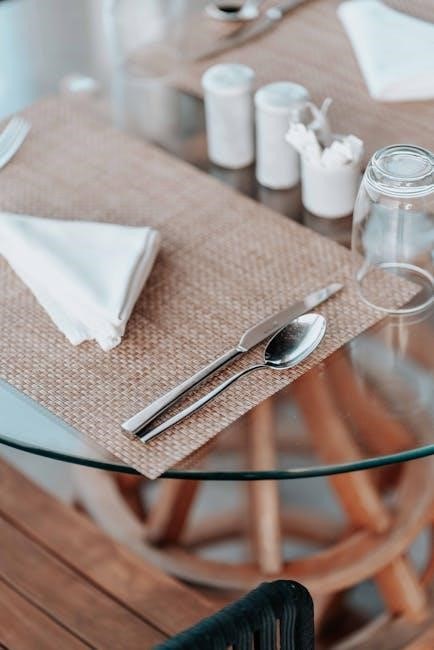Knife sharpening is an essential skill for anyone who values precision and durability in their cutting tools. The sharpening angle plays a critical role in achieving a razor-sharp edge, as it directly impacts the knife’s performance and longevity. Most kitchen knives are ideally sharpened at an angle between 15 to 20 degrees, while Japanese blades often require a finer 15-degree angle. Tools like angle guides and sharpening kits are designed to help maintain consistency, especially for beginners. Incorrect angles can lead to a dull or damaged blade, making the task more challenging. This guide will walk you through the fundamentals of knife sharpening angles, ensuring you understand how to select and apply the correct angle for your specific knife type. Whether you’re sharpening a chef’s knife or a pocket knife, mastering the angle is the first step to achieving professional results.
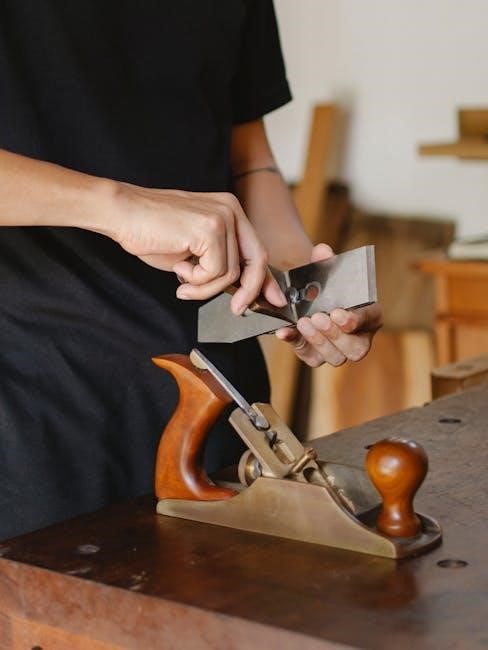
Importance of Sharpening Angle
The sharpening angle is a fundamental aspect of knife maintenance, directly influencing the performance, durability, and safety of the blade. Achieving the correct angle ensures that the knife cuts effectively, remains sharp for a longer period, and minimizes the risk of accidents. Whether you’re working with a chef’s knife, a pocket knife, or an outdoor knife, understanding and mastering the sharpening angle is essential for optimal results.
Precision and Effectiveness
A properly sharpened knife with the correct angle will cut cleanly and efficiently, making tasks like chopping vegetables, slicing meat, or carving wood much easier. A sharp blade requires less force, reducing fatigue and the likelihood of slipping. For professional chefs, hunters, and outdoor enthusiasts, this precision is critical for their work and safety. Incorrect angles, on the other hand, can result in a dull or uneven edge, making the knife less effective and more dangerous to use.
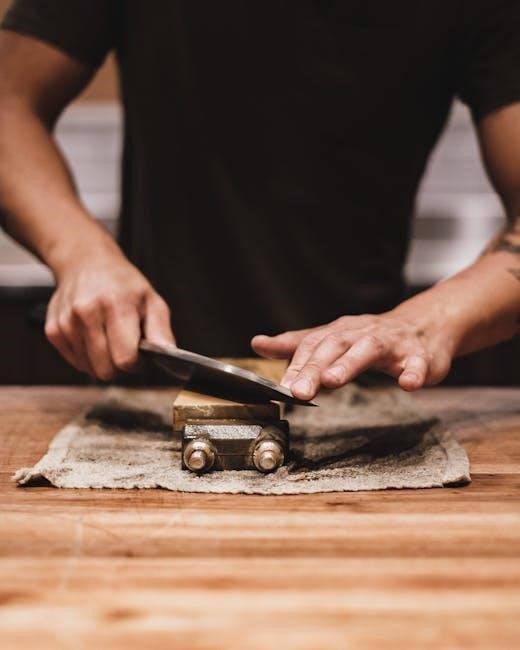
Durability of the Blade
The sharpening angle also plays a significant role in the longevity of the knife. If the angle is too shallow, the edge may become too fine and prone to chipping or breaking, especially when used for heavy-duty tasks. Conversely, if the angle is too steep, the blade will be more durable but may lack sharpness, requiring more frequent sharpening. Striking the right balance ensures that the knife is both sharp and resilient, extending its lifespan and reducing the need for frequent maintenance.
Safety Considerations
A dull knife is a safety hazard, as it requires more pressure and control, increasing the risk of accidents. A blade sharpened at the correct angle is not only sharper but also more predictable, allowing for better control during use. This is particularly important for beginners who may not yet have the skills to handle a poorly sharpened knife safely. Proper sharpening angles also help prevent the knife from binding or catching on materials, reducing the likelihood of unintended cuts or injuries.
Efficiency and Convenience
Sharpening a knife at the correct angle saves time and effort in the long run. A well-sharpened blade requires less maintenance and performs consistently across various tasks. For example, a chef’s knife sharpened at 20 degrees will glide through ingredients smoothly, while a hunting knife sharpened at a slightly steeper angle will handle tough materials with ease. This efficiency makes sharpening a worthwhile investment, even for those new to knife maintenance.
Versatility for Different Knives
Not all knives are the same, and the sharpening angle must be adjusted accordingly. Japanese knives, for instance, often require a finer angle (around 15 degrees) to maintain their delicate edges, while outdoor knives may need a broader angle (20-30 degrees) for durability. Understanding these variations allows users to tailor their sharpening techniques to the specific needs of their knives, ensuring optimal performance across different applications.
The Role of Sharpening Tools
Modern sharpening tools, such as angle guides and adjustable sharpeners, make it easier to achieve the correct angle consistently. These tools help users maintain precision, even if they lack extensive sharpening experience. For example, adjustable angle guides allow users to set the desired angle before sharpening, ensuring that the blade is sharpened evenly and accurately. This level of control is invaluable for both professionals and hobbyists, as it eliminates guesswork and ensures consistent results.
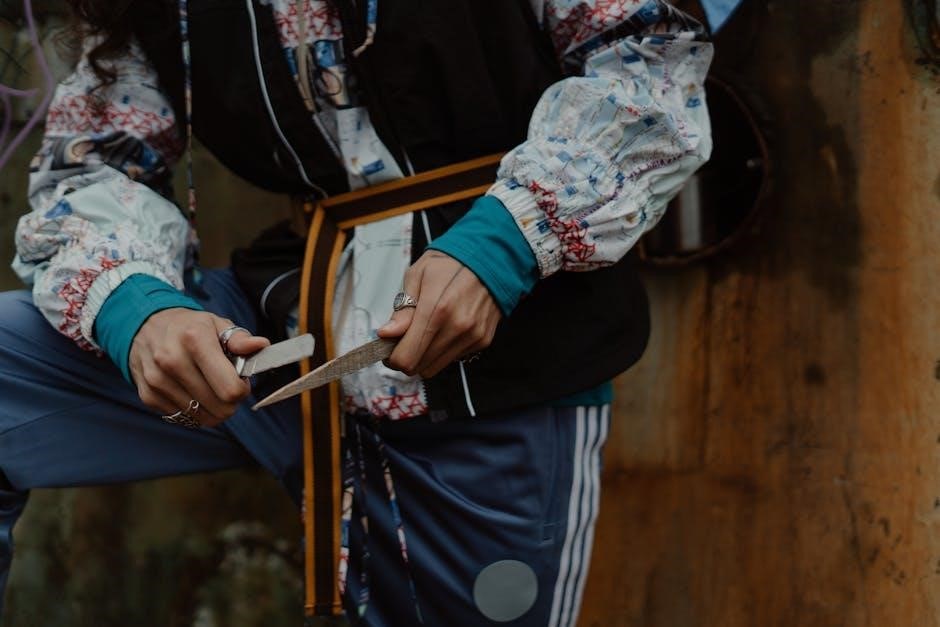
Determining the Correct Sharpening Angle
Determining the correct sharpening angle is a crucial step in maintaining the effectiveness and longevity of your knife. The angle at which you sharpen a knife directly impacts its sharpness, durability, and overall performance. While the process may seem daunting for beginners, there are several methods and tools available to help you identify and achieve the ideal angle for your specific knife. Whether you’re working with a chef’s knife, a pocket knife, or a hunting knife, understanding how to determine the correct sharpening angle is essential for optimal results.
Understanding the Knife Type
Before determining the sharpening angle, it’s important to consider the type of knife you’re working with. Different knives are designed for specific tasks, and this influences the ideal sharpening angle. For example, chef’s knives and kitchen knives typically require a sharpening angle of 17 to 20 degrees, making them versatile for slicing and chopping. Japanese knives, on the other hand, often require a finer angle of 15 degrees to maintain their delicate edges. Hunting knives and outdoor knives may need a slightly steeper angle, ranging from 20 to 30 degrees, to handle tough materials like bone and wood.
The Role of the Knife’s Intended Use
The intended use of the knife also plays a significant role in determining the sharpening angle. A knife used for precision cutting, such as a paring knife or a straight razor, will benefit from a narrower angle (10 to 15 degrees), resulting in a finer edge. Conversely, a knife used for heavy-duty tasks, such as chopping or carving, may require a broader angle (30 to 40 degrees) to ensure durability and resistance to wear. By aligning the sharpening angle with the knife’s purpose, you can optimize its performance for the tasks at hand.
Checking the Knife’s Manual
Many knife manufacturers provide specific recommendations for sharpening angles in the knife’s manual or product description. If you’re unsure about the ideal angle for your knife, consulting the manufacturer’s guidelines is a great starting point. For example, some Japanese manufacturers specify that their knives should be sharpened at a 15-degree angle, while others may recommend a slightly broader angle for certain models. Following these guidelines ensures that you’re sharpening the knife in a way that aligns with its design and intended use.
Using Angle Guides
For those new to knife sharpening, angle guides are an invaluable tool for determining and maintaining the correct sharpening angle. These guides attach to the knife and help you hold it at the desired angle during the sharpening process. Many sharpening kits, such as the Taidea Knife Sharpening Guide T1091C, include adjustable angle guides that allow you to set the angle based on the type of knife you’re sharpening. Some guides even offer preset angles for common knife types, making the process even more straightforward.
Step-by-Step Guide to Determining the Angle
Identify the Knife Type: Determine whether you’re working with a chef’s knife, hunting knife, or another type of knife. This will help you narrow down the recommended angle range.
Consult the Manufacturer’s Guidelines: Check the knife’s manual or product description for specific sharpening angle recommendations.
Use an Angle Guide: Attach an angle guide to the knife to ensure consistency and accuracy during the sharpening process.
Adjust the Angle: If you’re using an adjustable sharpener or guide, set the angle based on the knife type and manufacturer’s recommendations.
Test and Refine: After sharpening, test the knife’s edge and refine the angle if necessary to achieve the desired sharpness and durability.
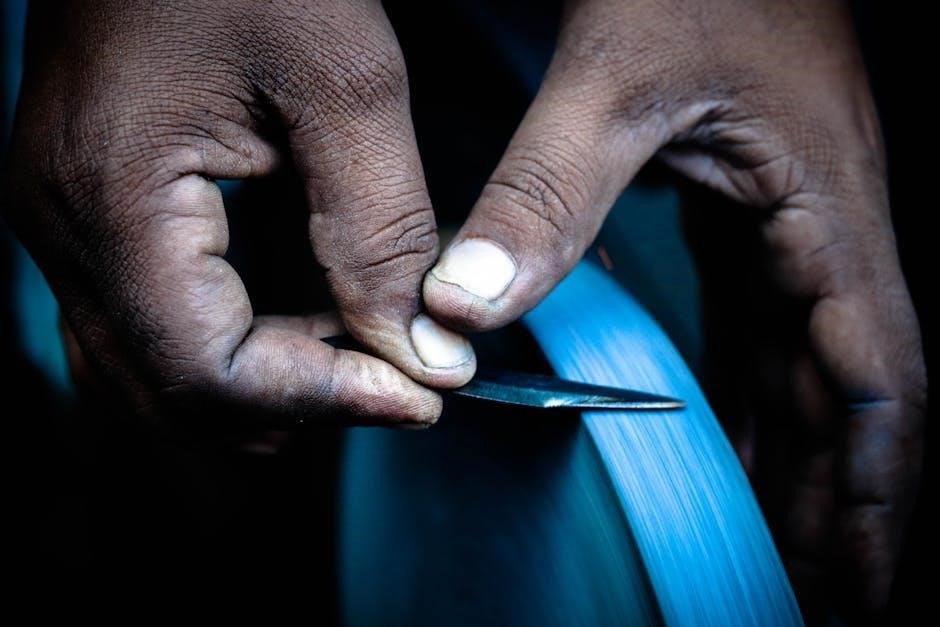
Sharpening Angle Tools
In addition to angle guides, there are several other tools and techniques that can help you determine the correct sharpening angle. For example, the DMT Diafold Magna-Guide is a magnetic angle guide that attaches to the knife and helps you maintain the correct angle during sharpening. Other tools, such as adjustable sharpeners with variable belt speeds, allow you to customize the sharpening angle for different types of knives.
The Importance of Consistency
Consistency is key when it comes to determining and maintaining the correct sharpening angle. Sharpening at the same angle each time ensures that the knife’s edge remains even and sharp. Many sharpening tools, such as angle guides and adjustable sharpeners, are designed to help you maintain consistency, even if you’re new to knife sharpening.
Sharpening Angle Ranges
While specific sharpening angles may vary depending on the knife type and intended use, there are some general guidelines to keep in mind:
- 15-17 Degrees: Ideal for Japanese knives, straight razors, and other precision cutting tools.
- 17-20 Degrees: Suitable for most kitchen knives, pocket knives, and general-purpose knives.
- 20-30 Degrees: Best for hunting knives, outdoor knives, and knives used for heavy-duty tasks.
- 30-40 Degrees: Used for axes, machetes, and other tools that require a durable edge.
Determining the correct sharpening angle is a critical step in knife maintenance, ensuring that your blade is sharp, durable, and safe to use. By understanding the knife type, consulting manufacturer guidelines, and using tools like angle guides, you can achieve the ideal sharpening angle for your specific knife. Whether you’re a professional chef, an outdoor enthusiast, or a casual user, mastering the sharpening angle will elevate your knife’s performance and extend its lifespan.
